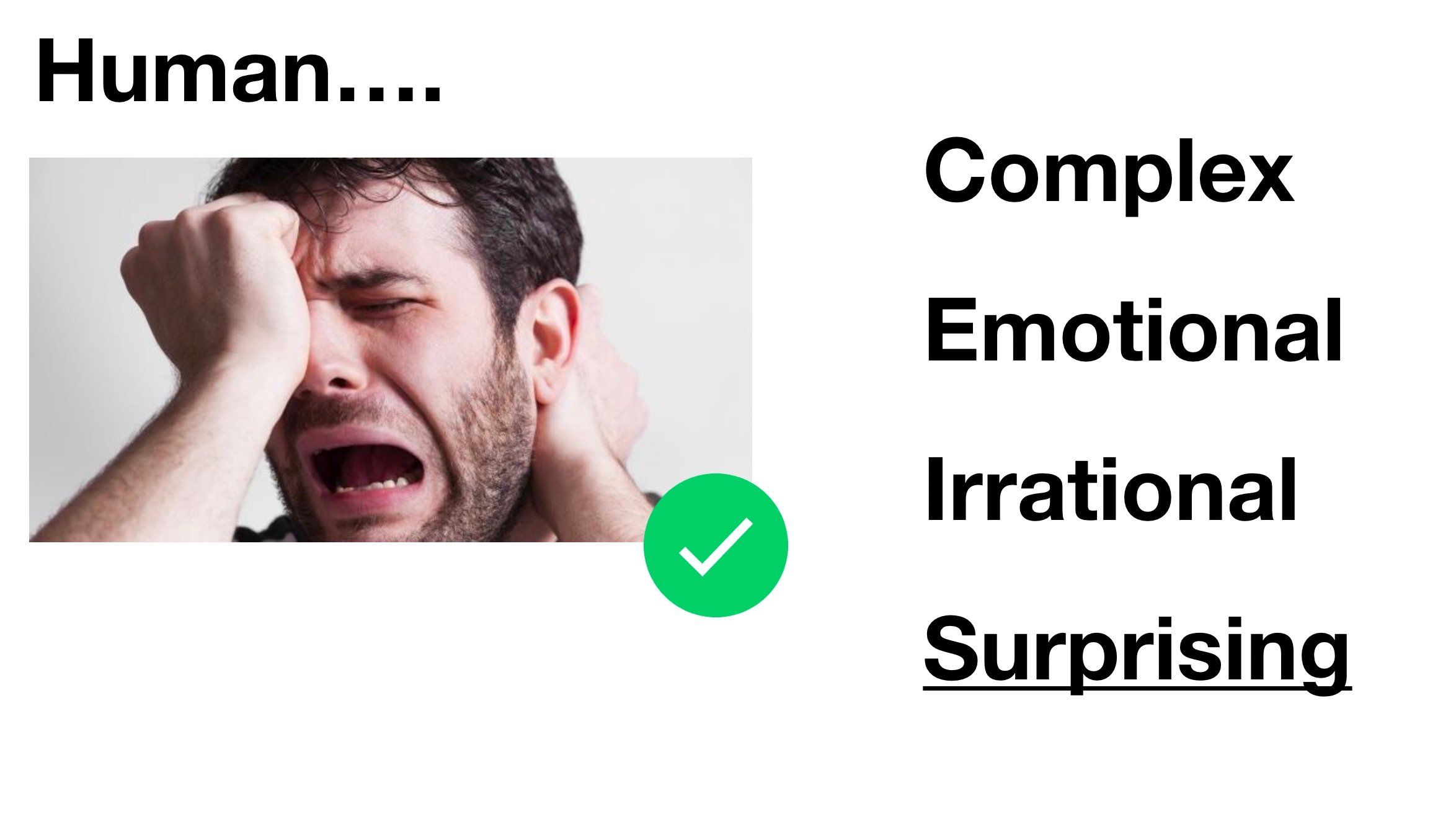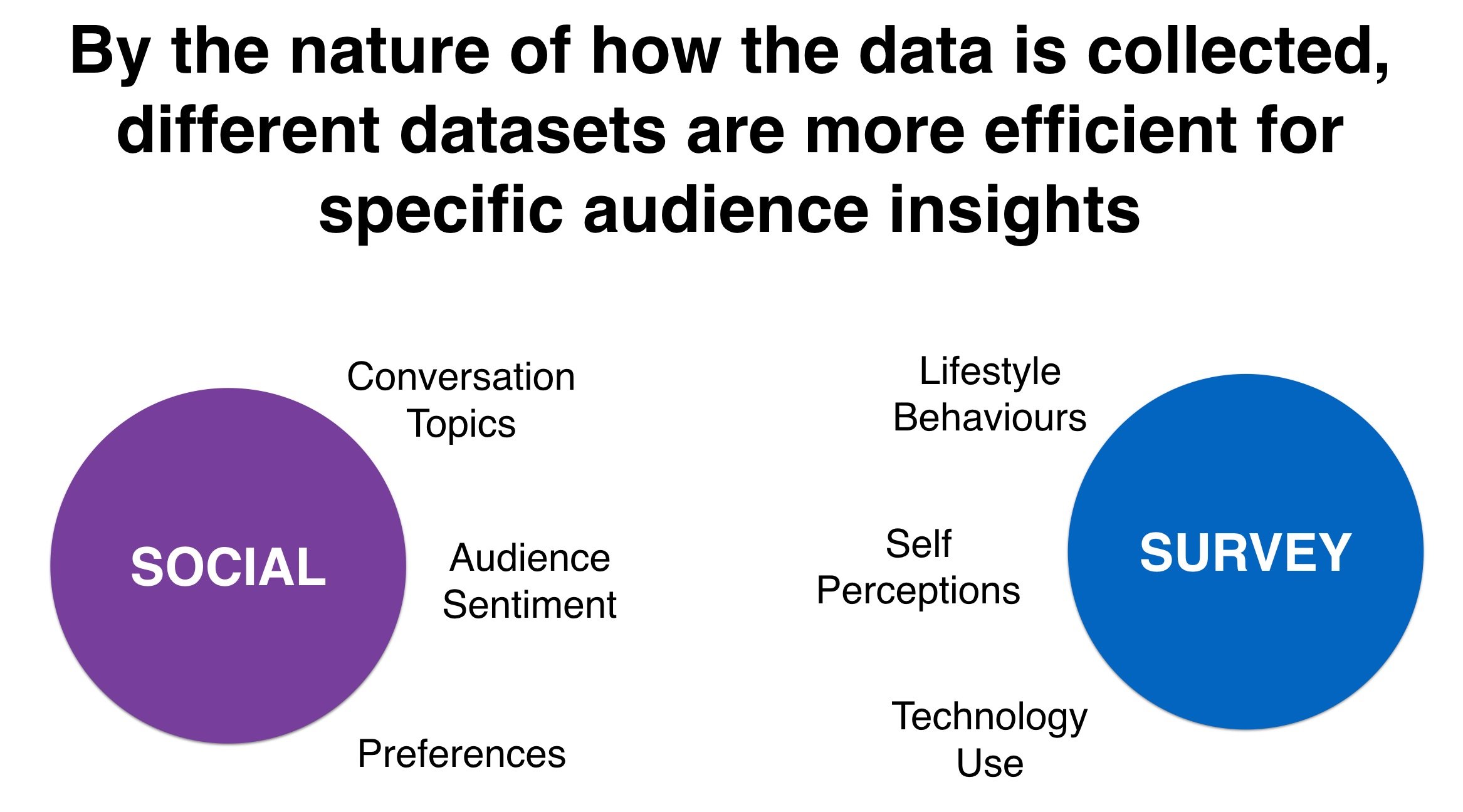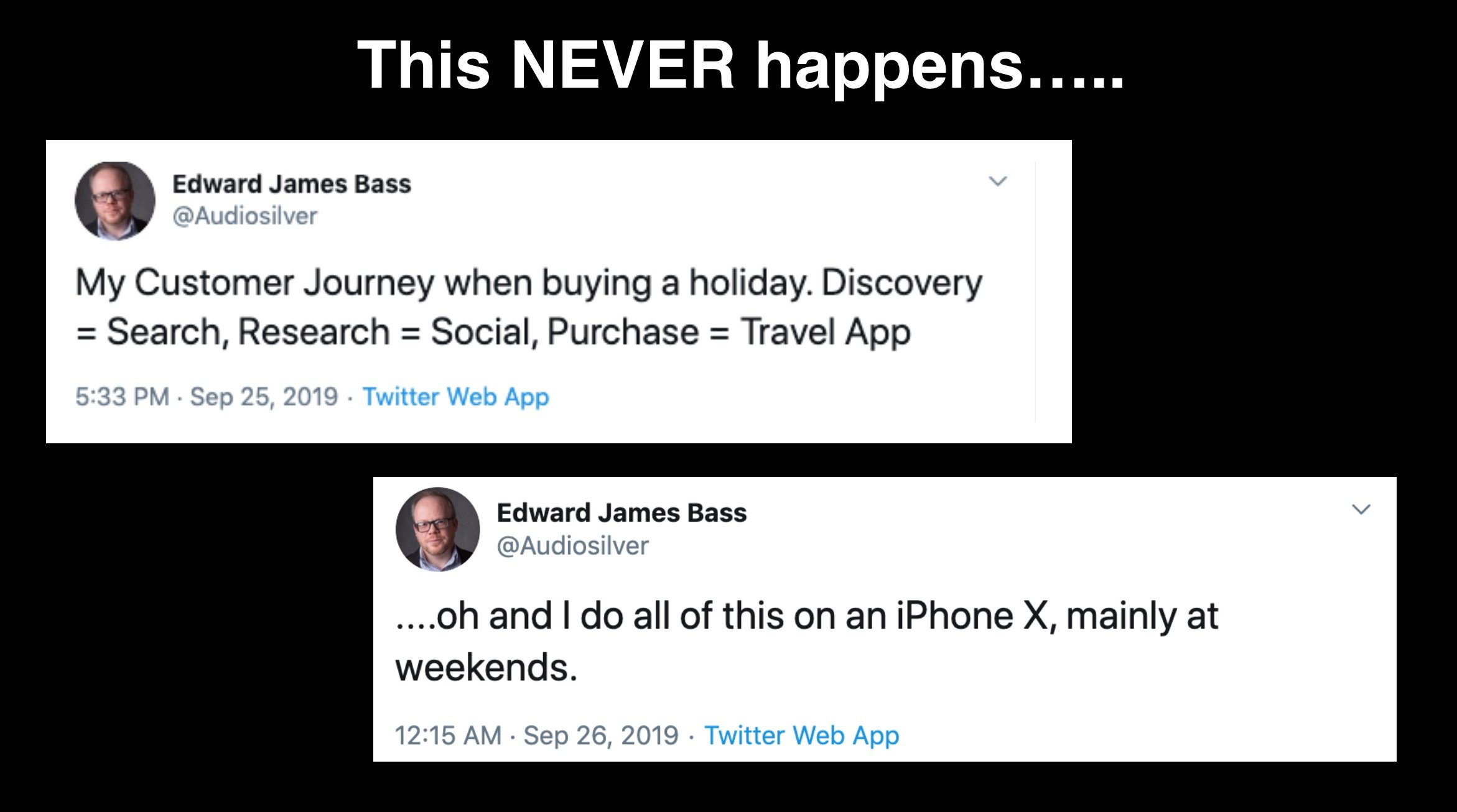Blending social and survey data to identify vital human insights
If there was one point of consensus shared by myself and my fellow speakers at the recent Audiense & Pulsar Audience Marketing Event at IBM London then it was that social data is most effective at solving the kind of complex problems modern marketers face when it is combined with data from other sources.
For the past four years the team here at EntSight has been delivering strategic insights to leading brands such as Tommy Hilfiger, BMW and Bulgari using a rich combination of both social and online survey data and I’d like to use this article to share some of our learnings with you.
Identifying the Human
Over the past decade or so we’ve seen a good number of digital marketers fall into the habit of talking about addressable audiences almost as if they’re not groups of human beings but some kind of automaton who works along vaguely predictable lines. I challenge any marketer who feels this way to go out into the streets and actually engage with some and they’ll soon find that they’re far from predictable.

We humans are often complex, emotional, irrational and above all surprising - both on an individual basis and as groups and so the modern marketer needs to keep an open mind if they’re really going to identify the vital human insights needed to effectively engage their audiences - and insure they’re not approaching the challenge with too much in the way of bias.
Understanding the Relevance of Data Sources

As you may expect, the method used to collect data can have a significant impact on how useful the data is for a specific purpose. For instance, whilst social media listening tools such as Audiense and Pulsar are great for deriving insights about topics and sentiment from large amounts on social and online conversation they are less effective at understanding human motivations and behaviours since these aren’t always made clear.
Likewise, survey data is really good at defining audience behaviours through the use of direct questions but it is hardly possible to use this medium to understand how people talk about a subject online or on social media, given the large number of possible responses

To put it another way - no one ever shared a tweet which clearly outlined their customer journey when buying a holiday, since that is about as likely as a survey containing a range of responses to cover the whole myriad of topics an audience might talk about online. With this in mind, I strongly recommend that when looking to understand a particular aspect of an audience that analysts consider which tool is best for the task.
Using a Dataset to Verify Another
Whilst social and survey data is both sourced and best applied differently, there are often clear overlaps in available data which can help substantiate findings. At EntSight we’re always keen on identifying these overlaps since they help us deliver far more verified recommendations than if data had come from a single source.

One example we’ve seen recently is with Audiense, where the IBM Watson Powered Personality insights for a segmented audience have clearly been reflected in the Self Perceptions expressed by the same segmented audience on an online sample data platform. As a result we’re happy to present this audience attribute to our clients as an ‘essential truth’ and one which will help inform their creative strategies.
Using the three methods presented above analysts working with social and survey data will discover clearer and more defined insights - after all, with humans being such complex creatures, sometimes it helps to have multiple angles to study them from.






